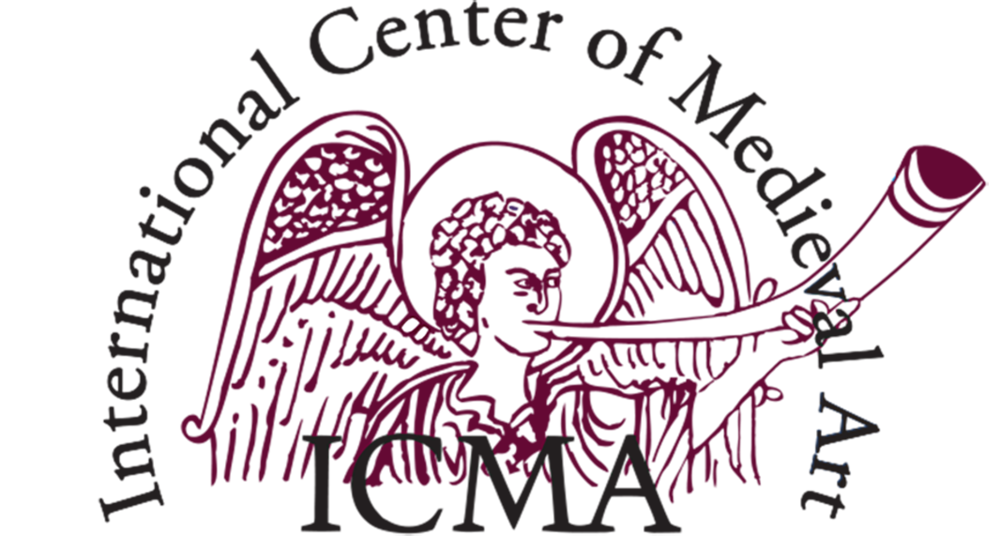Exhibition Closing
Zoom on van Eyck: Masterpieces in Detail
Gemäldegalerie, Staatliche Museen du Berlin, Germany
20 October 2023 to 03 March 2024
Jan van Eyck, Die Madonna in der Kirche, um 1437/40, Detail © Staatliche Museen zu Berlin, Gemäldegalerie / Christoph Schmidt https://www.smb.museum/en/exhibitions/detail/zoom-on-van-eyck/
No other painter in the history of European art was able to convey the details of the visible world with the same level of brilliance and precision as the founder of early Netherlandish painting, Jan van Eyck (ca. 1390/1400–1441). Now, an interactive digital projection at Berlin’s Gemäldegalerie makes it possible to delve into the most minute aspects of his masterpieces. The exhibition also presents original works by van Eyck from the Gemäldegalerie’s own holdings, shedding light on the technological investigation and restoration work carried out on some of his paintings.
An Interactive Projection
The exhibition in the central hall of the Gemäldegalerie revolves around a number of digital projections of the works of Jan van Eyck that were developed by Bozar – Centre for Fine Arts and the Royal Institute for Cultural Heritage (KIK-IRPA) in Brussels. The projection allows visitors to interactively “zoom in” from the overall view of the paintings onto the smallest details, choosing which sections to focus in on. The wall-sized enlargements reveal minute details of the works in high resolution. Details such as eyes, mouths or hands can be compared with one another, allowing audiences to follow intricate aspects in the paintings, from the tiny hairs or pupils of the figures through to the brushstrokes of the master.
The projections are generated from the extremely high-resolution photographs of the 33 preserved paintings by van Eyck and by his immediate successors, which were produced as part of the project Van Eyck Research in OpeN Access (VERONA), which was carried out by the KIK-IRPA between 2014 and 2020. Twenty of these works, which are considered to have been made by van Eyck himself, were included in this interactive presentation.
The Berlin Collection of Originals by van Eyck
Alongside this display, the Gemäldegalerie is showing its collection of paintings by Jan van Eyck and his circle. With three undisputed panel paintings made by the hand of the master, two paintings that at least originate from van Eyck’s studio, and four early copies, the Gemäldegalerie is home to an unusually rich collection of works by Jan van Eyck. The interplay of the high-resolution projections with the original paintings generates a new kind of fascination with his brilliant paintings and their impressive wealth of detail.
The Restoration of the Berlin Paintings
A third section of the exhibition sheds light on the technological investigations and restoration work carried out on three of the van Eycks at the Gemäldegalerie. The systematic technological investigations of the works commenced in 2015 as part of the production of a scholarly catalogue of the Gemäldegalerie’s collection of Flemish and French painting of the 15th century. This catalogue, which provides comprehensive access to Berlin’s outstanding collection of early paintings by van Eyck for the very first time, was compiled by art historians and paintings conservators as part of an interdisciplinary collaboration. The publication date is slated for late 2023 or early 2024.
The conservation work carried out on paintings by van Eyck in recent years was concentrated on a panel painting depicting the crucifixion of Christ from the studio of the master as well as two major works from the collection of the Gemäldegalerie: the portrait of Badouin de Lannoy and that of a young man in a red chaperon, presumed to depict Giovanni Arnolfini. This work involved removing heavily discoloured finishes and sections of overpainting that had been applied over the years. With this work, the paintings have regained much of their original colour and vibrancy.
Curatorial Team
Zoom on Van Eyck: Masterpieces in Detail is curated by Stephan Kemperdick, curator for pre-1600 German, Dutch and French painting, and Sandra Stelzig, a conservator at the Gemäldegalerie.
The interactive installation Facing Van Eyck. The Miracle of Detail has been curated by Bart Fransen (KIK-IRPA). It was conceived in 2020 by Bozar-Centre for Fine Arts Brussels and KIK-IRPA, in collaboration with Hovertone.
A special exhibition of the Gemäldegalerie – Staatliche Museen zu Berlin
For more information, https://www.smb.museum/en/exhibitions/detail/zoom-on-van-eyck/





















